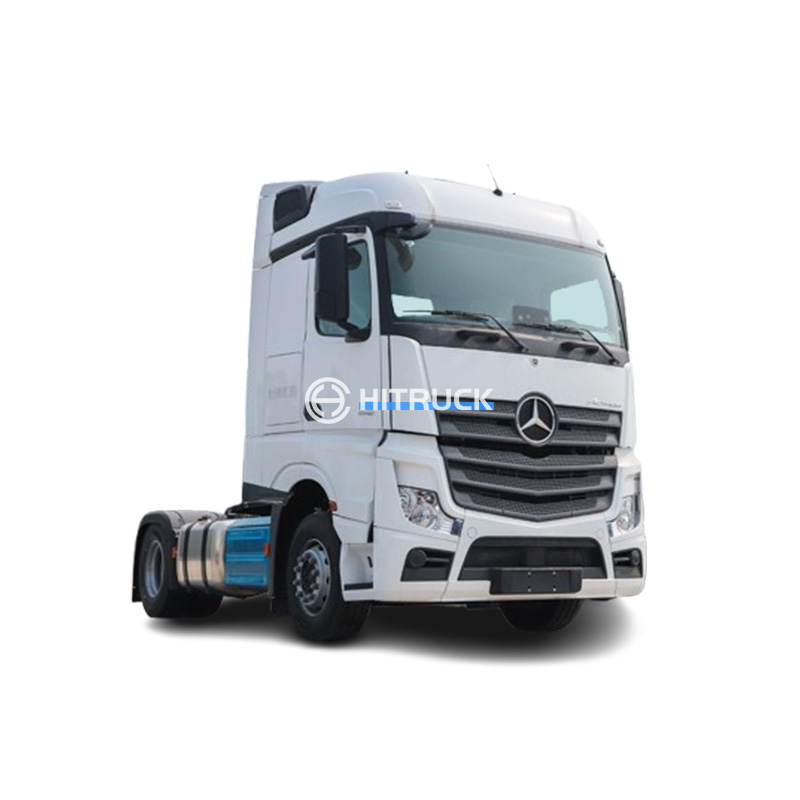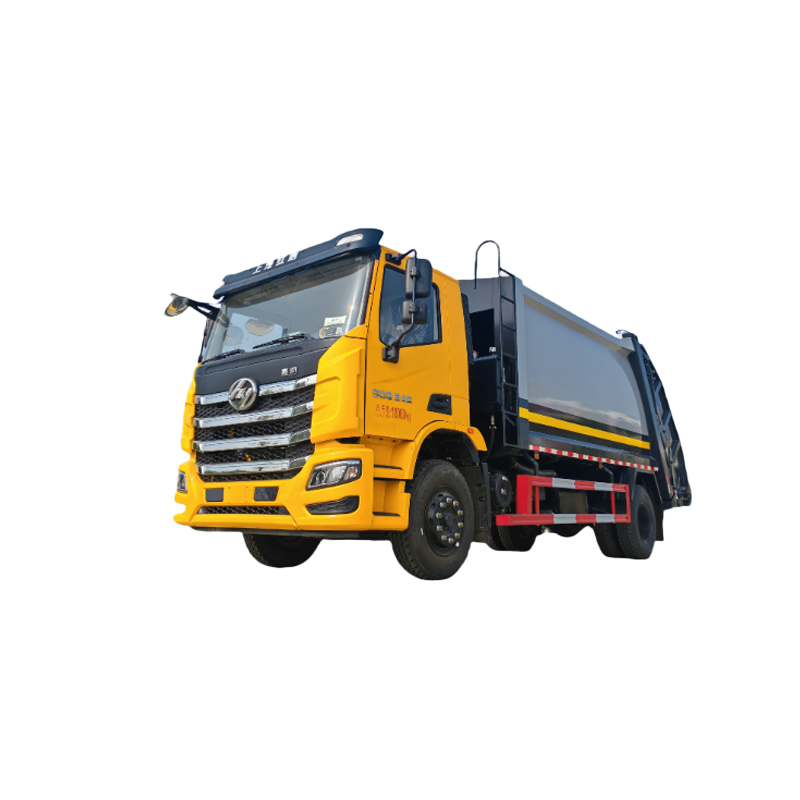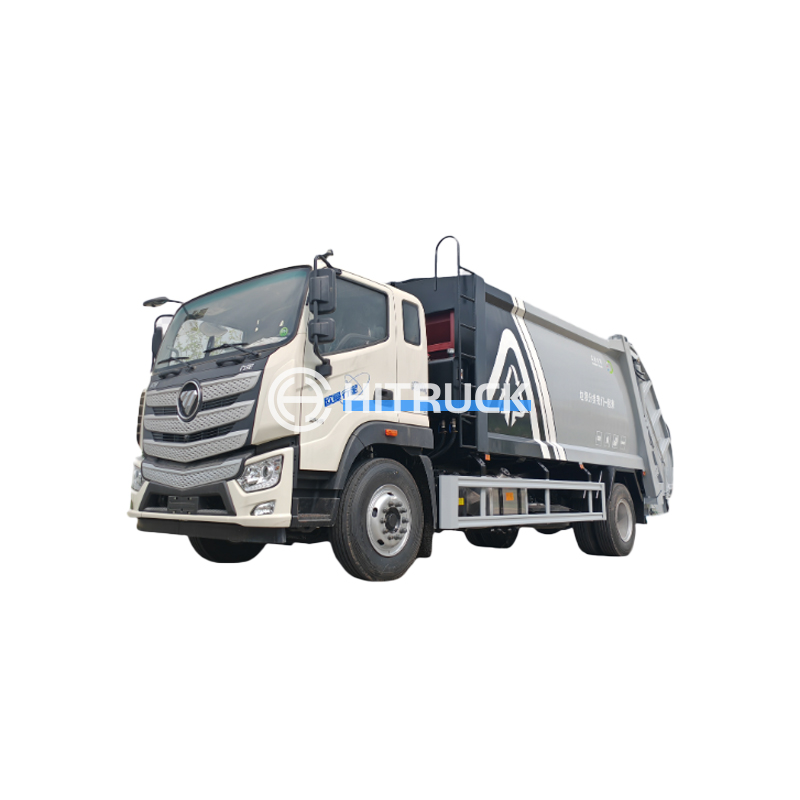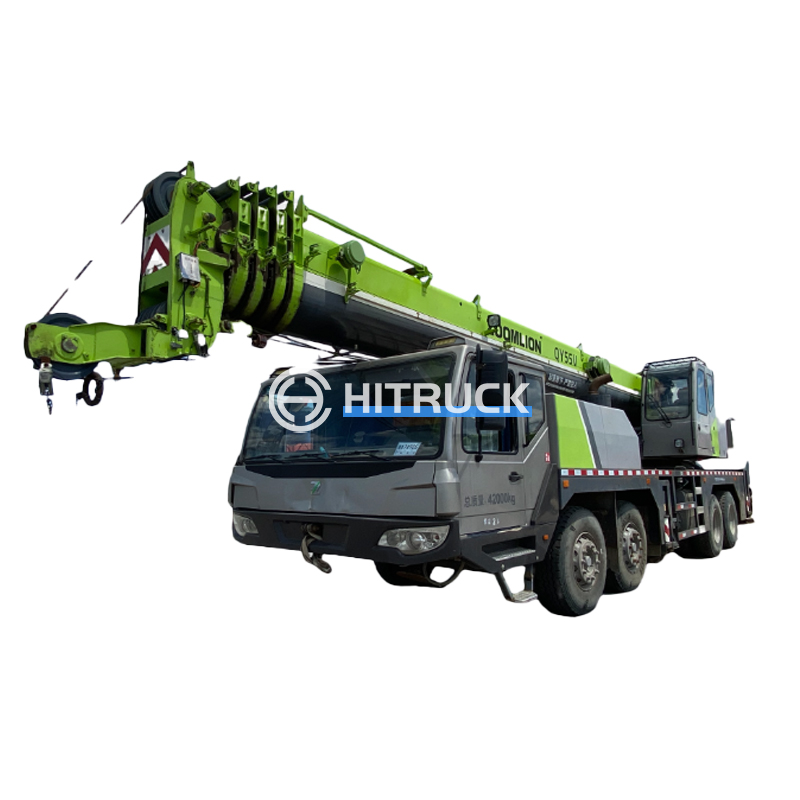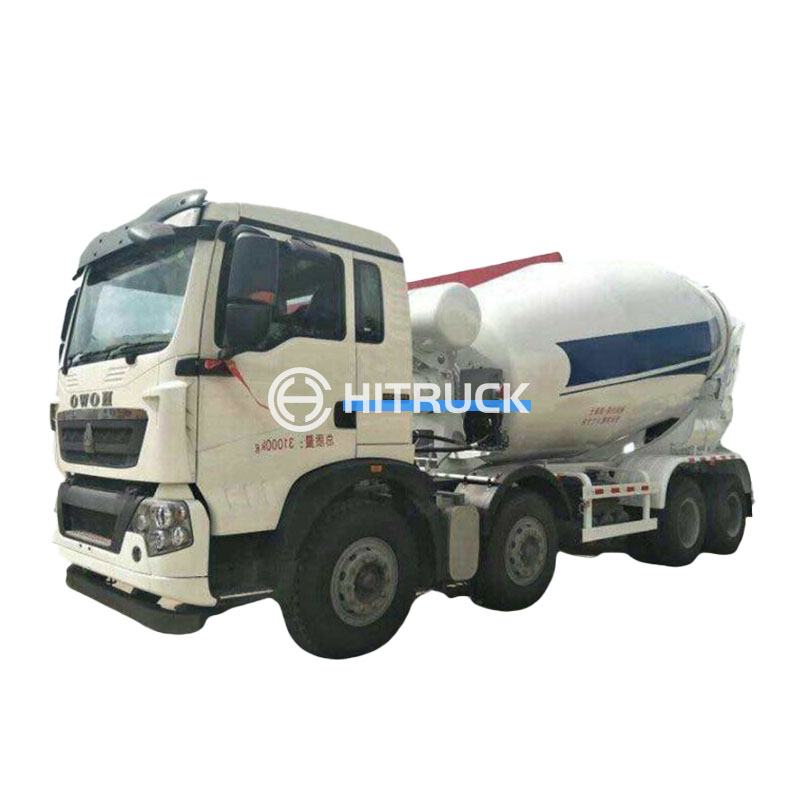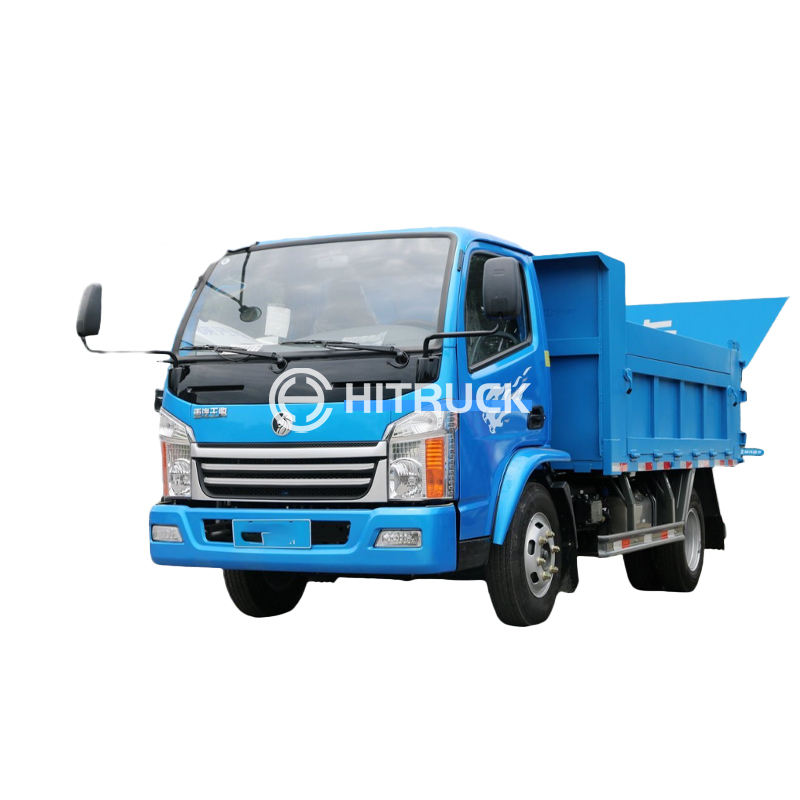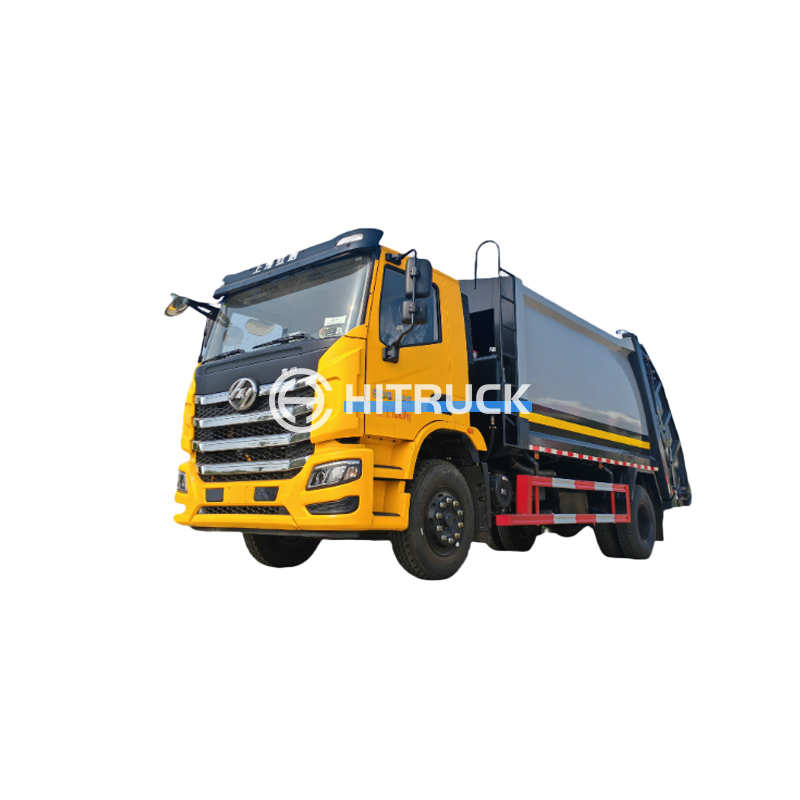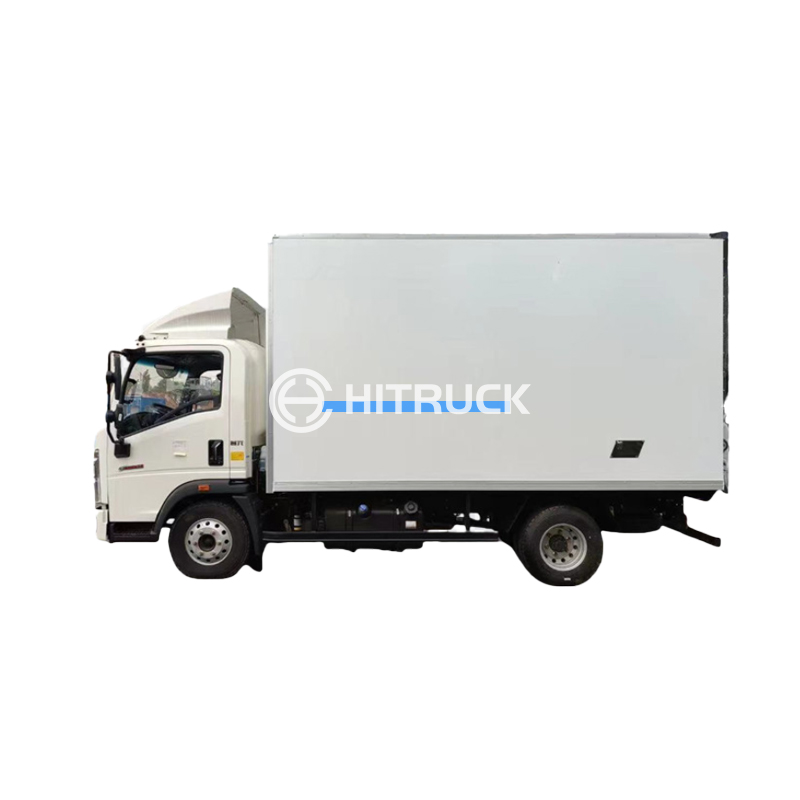This guide provides a comprehensive overview of heavy duty overhead cranes, covering their types, applications, safety considerations, and maintenance. Learn about selecting the right crane for your needs and ensuring safe and efficient operation. We'll explore various factors to consider, from load capacity and span to power sources and control systems. Discover how these essential pieces of equipment contribute to efficient material handling in various industries.
Heavy duty overhead cranes often utilize a bridge crane design. Bridge cranes consist of a bridge structure that travels along runways, supporting a hoist trolley that moves laterally. This configuration allows for coverage of a large work area. Variations include single-girder and double-girder bridge cranes, each suitable for different load capacities and spans. The choice depends heavily on the specific application and weight requirements. For extremely heavy loads, double-girder systems offer greater stability and strength.
Gantry cranes are similar to bridge cranes but differ in that their runways are supported by legs instead of being mounted on a building structure. This makes them ideal for outdoor applications or areas where overhead runway support isn't feasible. They are commonly used in shipyards, construction sites, and manufacturing plants requiring a high degree of mobility and adaptability. Just like bridge cranes, gantry cranes can handle a variety of heavy loads. The selection criteria remain similar in terms of load capacity and operational requirements.
While not always considered a heavy duty overhead crane in the strictest sense, certain jib crane models can handle significant weight. These cranes feature a cantilever arm that rotates around a central pivot point. They're useful for lifting heavy objects to specific locations within a limited area. Their smaller footprint makes them suitable for smaller workshops or specialized applications where a full bridge or gantry crane would be impractical. Selecting a jib crane requires careful consideration of the reach and load capacity in relation to the workspace.
Selecting the appropriate heavy duty overhead crane necessitates careful consideration of several critical factors. These factors are crucial for ensuring safe, efficient, and cost-effective operation.
| Factor | Description |
|---|---|
| Load Capacity | The maximum weight the crane can safely lift. This must exceed the heaviest anticipated load. |
| Span | The distance between the crane's runways. This determines the area the crane can cover. |
| Lifting Height | The vertical distance the crane can lift a load. |
| Power Source | Electric or manual operation; electric offers greater lifting capacity and ease of use. |
| Control System | Pendant, cabin, or remote control; the choice impacts ease of operation and safety. |
Table 1: Key Considerations for Choosing a Heavy Duty Overhead Crane
Regular inspection and maintenance are paramount for ensuring the safe and efficient operation of your heavy duty overhead crane. This includes regular lubrication, inspection of all components for wear and tear, and adherence to all relevant safety regulations. Investing in proper training for operators and maintenance personnel is crucial. Ignoring these aspects can lead to costly downtime and potentially dangerous situations. Regular preventative maintenance is far more cost-effective than emergency repairs.
Selecting a reputable supplier is crucial for acquiring a high-quality, reliable heavy duty overhead crane. Consider factors such as experience, reputation, and after-sales service. A good supplier will provide expert guidance and support throughout the selection, installation, and maintenance process. For high-quality industrial equipment and a comprehensive selection of cranes, consider exploring the options available at Suizhou Haicang Automobile sales Co., LTD. They offer a wide range of solutions for diverse material handling needs. Remember to always prioritize safety and compliance with all relevant standards and regulations when working with heavy machinery.
This information is for general guidance only. Always consult with qualified professionals for specific advice related to your individual application and safety requirements. Specific load capacities and operational details will vary depending on the manufacturer and model of the crane.

